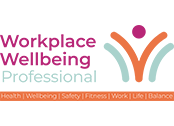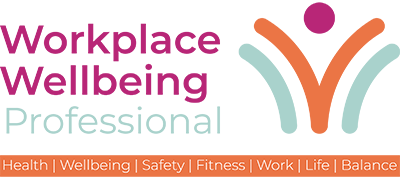Rising stress is changing what people expect from employers, with many now weighing health support as heavily as pay.
New figures from international recruitment firm Robert Half show that 54 percent of workers said access to mental health resources and employee assistance programmes influenced whether they joined or stayed with a company.
A further 48 percent said stress reduction schemes carried the same weight, yet a third of organisations still offered no such support. The findings come as the Priory, a UK mental health provider, reports that most people in the country feel stressed at least once a month.
Robert Half, which provides recruitment and talent solutions across professional services, positioned these benefits as part of a broader employee value proposition tracked in its Salary Guide. The firm’s guidance pointed employers toward flexible packages that included mental health help and practical wellbeing perks to retain staff in a competitive market.
Robert Half
The pressure showed up in official data. The Health and Safety Executive (HSE), the government’s work health and safety regulator, estimated that in 2023 to 2024 about 1.7 million workers had a work-related illness, including 776,000 cases of work-related stress, depression or anxiety. The regulator said the rate remained above the level seen before the pandemic.
The Chartered Institute of Personnel and Development (CIPD), the professional body for HR and people development, reported that mental ill health had remained the leading cause of both short and long term absence in UK workplaces. Its 2025 research added that employers faced budget pressure and needed cost effective options that staff could access easily.
Physical Activity Benefits Moved Up Wish List
Health support was not only about counselling or helplines. Nearly half of workers told Robert Half that subsidised gym access would influence whether they joined or stayed. Over a third valued in office movement such as yoga or group sessions, although many employers still did not offer these activities.
Interest extended to remote staff who wanted access to virtual fitness platforms, yet many organisations had not added these to benefits packages.
Independent analysis suggested that the cost of sickness and presenteeism had risen sharply. The Institute for Public Policy Research said the hidden cost of workplace sickness had climbed above one hundred billion pounds a year, driven mainly by people working while unwell. The study argued that healthier work design and better management would improve productivity. Recent coverage also noted that sick days had reached a multi year high, with stress a major factor in both short and long term absence.
Other employment surveys pointed to widespread burnout symptoms, particularly among younger workers, adding to retention risk for employers that did not offer credible support.
The pattern across studies was consistent. Workers looked for access to confidential mental health resources, practical stress reduction, and simple ways to move more across home and office settings. They also expected clarity about what was available and how to use it. These expectations aligned with the CIPD’s view that ease of access mattered, especially where budgets were tight.
What Employers Can Do Now
Audit the risk and the demand. Start with a stress risk assessment that captures workload, control, role clarity and relationships, then compare findings with absence and turnover data. Use pulse surveys to test the demand for specific benefits such as counselling, structured stress reduction or activity stipends. The HSE’s statistics made clear that stress and related conditions affected a large share of work illness, so a targeted plan was essential.
HSE
Offer tiered mental health support. A practical pathway could include self help resources, access to an employee assistance programme, and fast routes to qualified therapy where risk factors were higher. Robert Half’s figures suggested that visible access to support influenced recruitment and retention, so employers should communicate options clearly during hiring and induction.
Train managers for early conversations. Many cases escalated because issues were missed or avoided. Line managers should be trained to recognise early signs, hold supportive one to ones, agree reasonable adjustments, and manage workload peaks. The IPPR argued that better management and healthier work design would reduce sickness and improve productivity, which supported investment in manager capability.
Design work to prevent overload. Review role design, priorities and deadlines, especially during change or peak trading. Set meeting norms that protect focus time and breaks. Use simple workload planning so that urgent tasks do not crowd out recovery. The HSE figures and CIPD reports both pointed to stress as a major driver of absence, which meant prevention was as important as treatment.
Build movement into the week. For office days, schedule regular short movement breaks and offer guided sessions like yoga or mobility classes where space allowed. For hybrid teams, provide access to virtual activity platforms and small grants for equipment such as resistance bands. Robert Half’s data showed staff valued gym memberships and movement options, so even modest support could make a difference.
Support flexible and hybrid patterns. Evidence indicated that flexible models could reduce absenteeism for many teams. Use team level agreements on core hours and in person days to balance collaboration with recovery time. Track outcomes to ensure workloads remained realistic across remote and office days.
Measure, publish, improve. Report the take up of wellbeing services, time to first support contact, return to work outcomes and staff feedback. Link results to productivity and retention to inform the benefits budget. The CIPD noted that cost effectiveness and ease of access would guide decisions next year, so clear data would help leaders maintain or refine support.
Stress and burnout had become core workforce risks as well as human issues. The latest recruitment and policy evidence suggests that credible health support now influenced job choice and loyalty. Employers that combined prevention, quick access to help and everyday movement were more likely to protect capacity and keep people in work. Those that delayed faced rising costs and a weaker offer in a market where wellbeing had become part of the deal.


